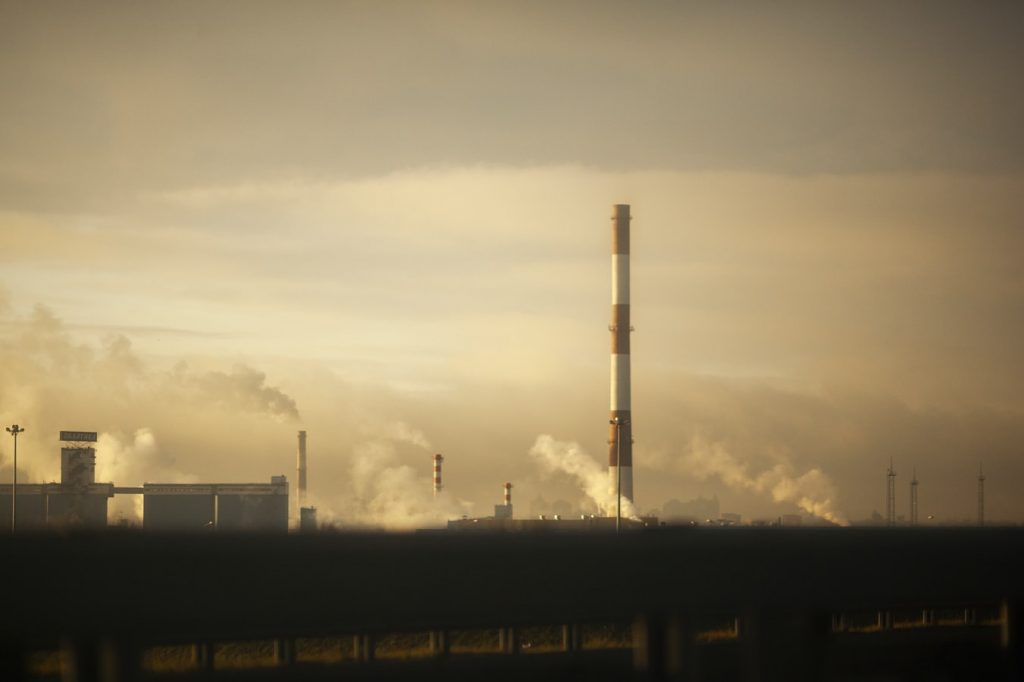Air pollution is one of the largest environmental and human health concerns in the world. In fact, 4.2 million deaths occur every year across the globe as a result of exposure to outdoor air pollution. While the industrial landscape is by no means the only contributor to outdoor air pollution, it is one of the largest. Thankfully, a cleverly-engineered air pollution control system is able to decrease air pollution substantially, while also negating many of the risks associated with it. From oxidizers and scrubbers to electrostatic precipitators, here’s a closer look at some of the most effective pieces of air pollution control equipment currently being utilized.
Oxidizers are great at breaking up pollutants
Oxidizers are among the most widely-used and effective pieces of air pollution equipment available. They are both extremely effective and versatile, and can last for many years if regular maintenance work is performed on them. Catalytic oxidizers are particularly popular, and make use of a selection of elemental additives or very high temperatures to burn and discard of a variety of volatile organic compounds (VOCs). Another type of equipment, known as a thermal oxidizer, utilizes a process of combustion to transform pollutants such as odorous fumes, VOCs, and particulate matter into water vapor, carbon dioxide and heat. Regenerative Thermal Oxidizers (RTOs) are particularly popular among industrial and manufacturing concerns that are actively looking to clamp down on the amount of outdoor air pollution they produce.
Scrubbers can remove particles and gas
Scrubbers are being used increasingly as depuration systems that can eradicate the emission of acidic gases produced when pollutants are combusted. Although a range of scrubbers exists, wet scrubbers are among the most commonly used. These types of scrubbers got their name because they make use of a liquid, such as water, as a scrubbing medium. A wet scrubber can operate in two ways. Either a stream of gas is directed through the water, or the water is directed into the stream of gas. A range of wet scrubbers can be utilized with great success, including ammonia scrubbers, sulfuric acid scrubbers, and chlorine scrubbers.
Dust and smoke is no match for an electrostatic precipitator
Just like scrubbers and oxidizers, electrostatic precipitators (ESPs) are highly effective pieces of equipment that can help control air pollution. These ESPs operate by forcing the dirty flue gas that escapes from a smokestack past two electrodes, the first of which is negatively charged. As the particle matter passes by the first electrode, they acquire a negative charge. Further along the pipe, the second electrode, with a very high positive charge, awaits. The negatively-charged particles will be attracted to the positively-charged plate, resulting in the particle matter sticking to the collecting plates and rendering the gas and vapor significantly cleaner.
Air pollution poses a huge threat to both human and environmental health. Thankfully, expertly-engineered equipment such as those discussed above can help control air pollution considerably.
Air Pollution Control Equipment To Help Fight Global Threat

